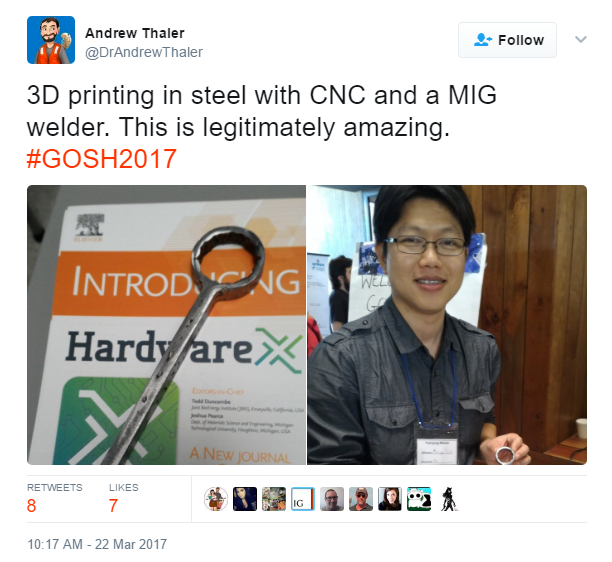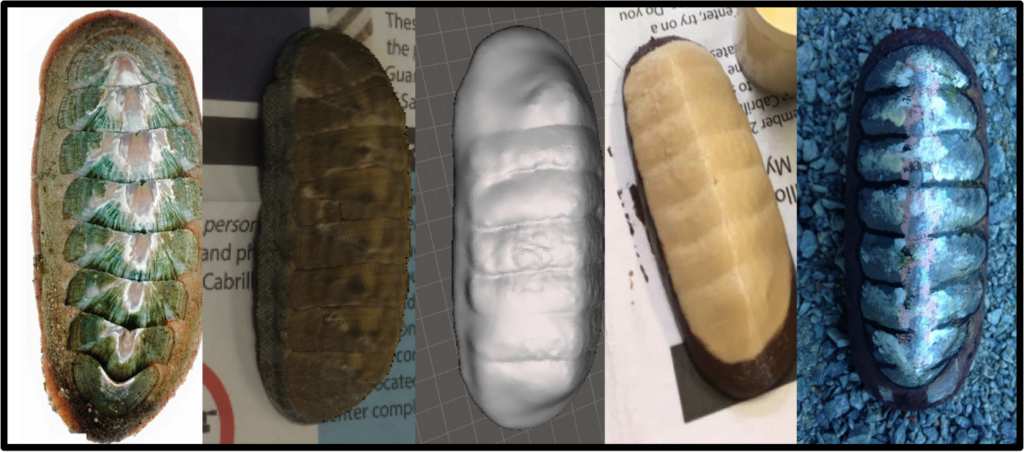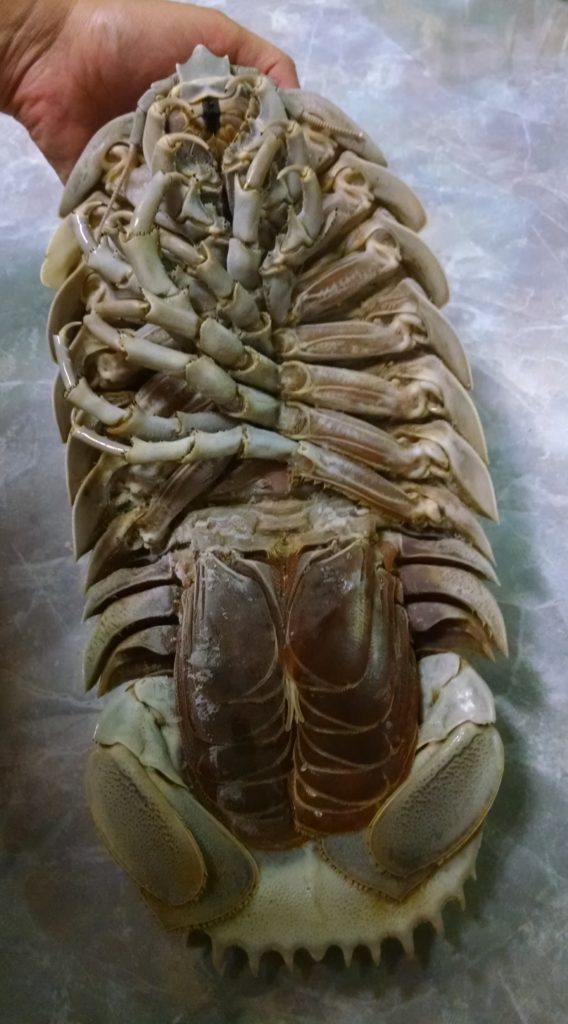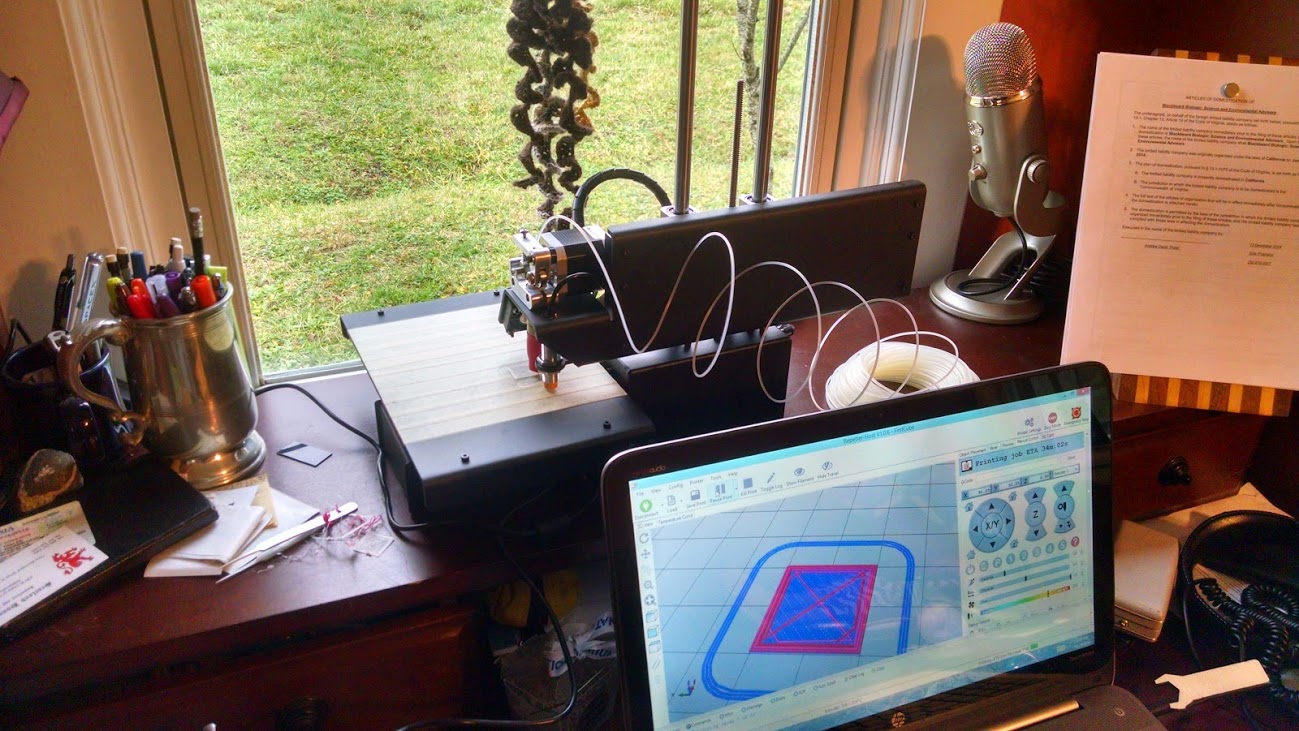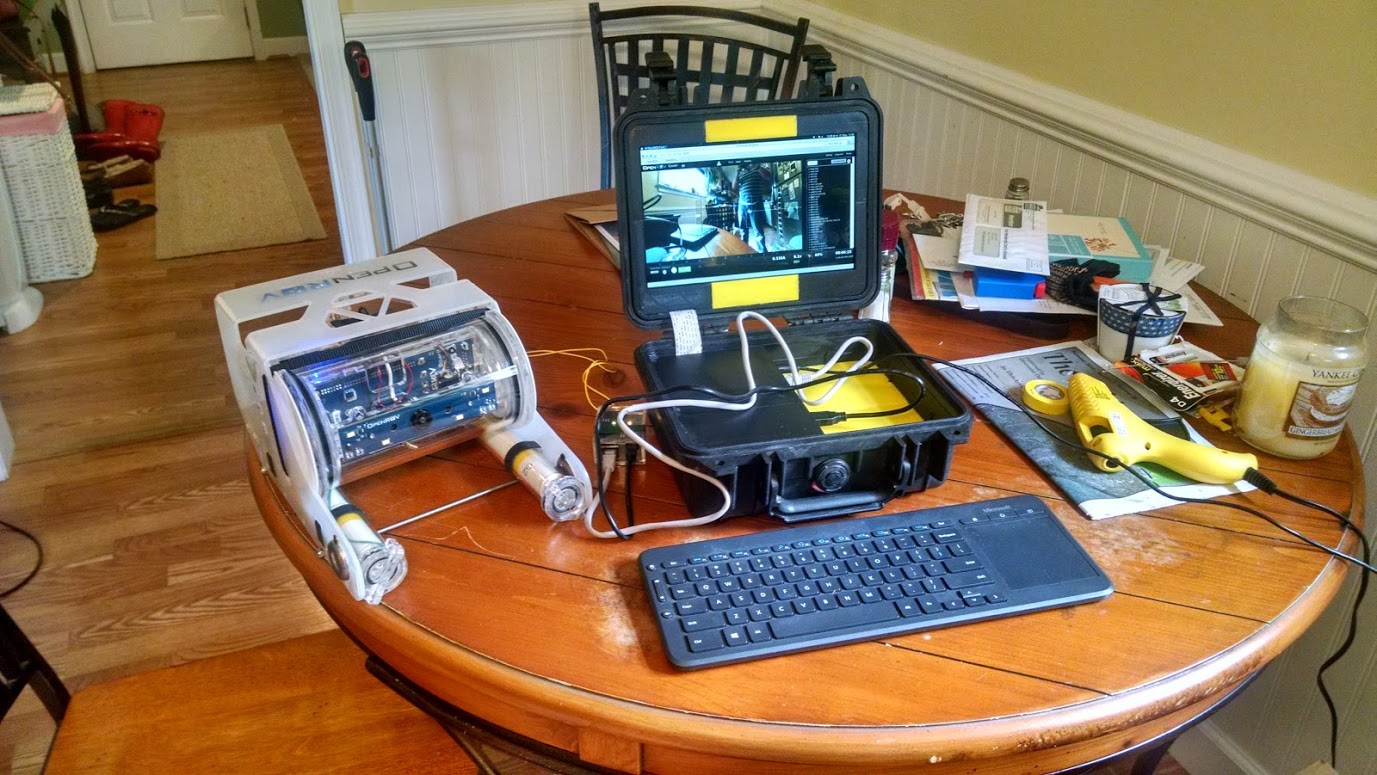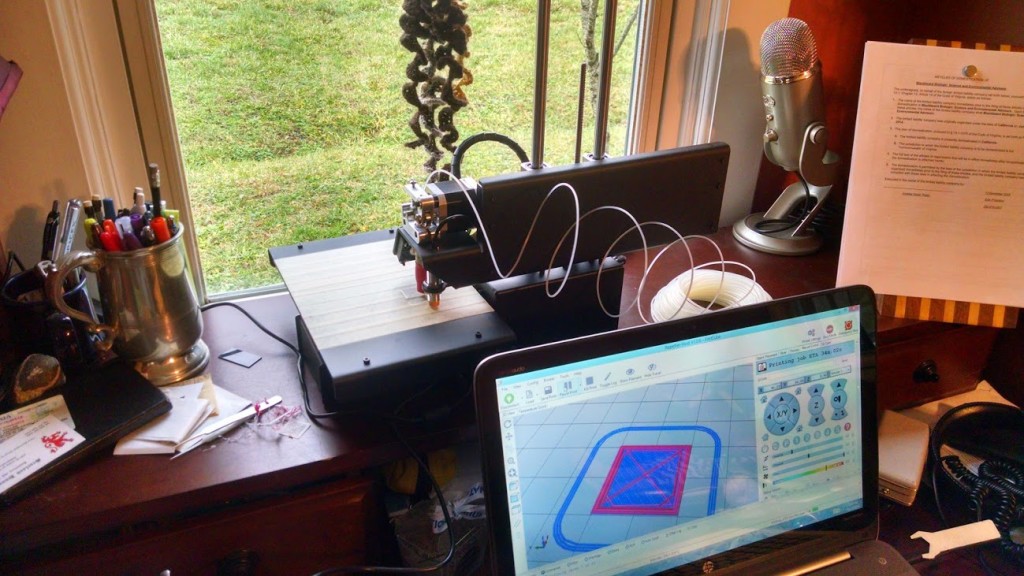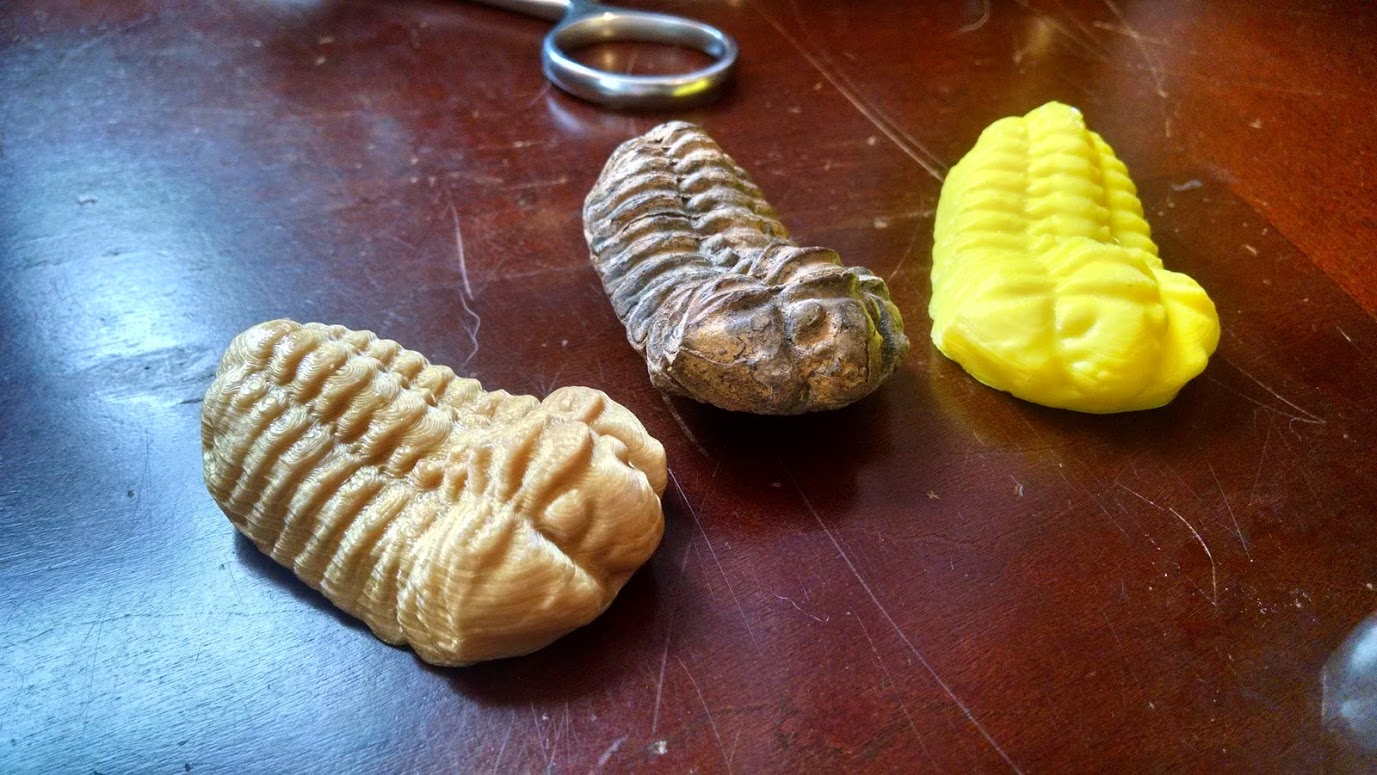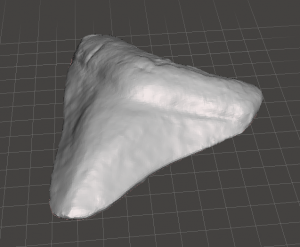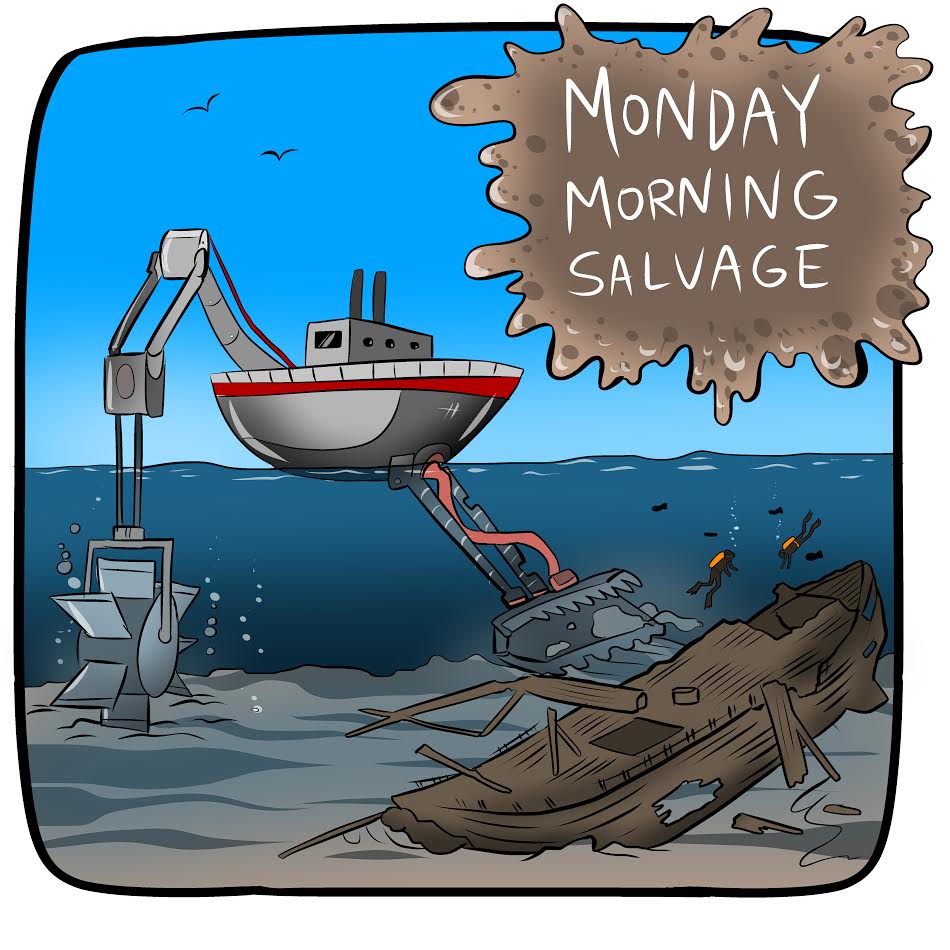
Flotsam (what we’re obsessed with right now)
- Octopuses are weird. Really, really weird. Ed Yong covers yet another weird octopus thing in the Atlantic: Octopuses Do Something Really Strange to Their Genes. And check out the original paper, below.
Jetsam (what we’re enjoying from around the web)
- This interview with Shay Akil McLean is one of the best introductions to the concept of decolonizing science: Hood Biologist Explains How to Decolonize All The Science. See also: We Need Decolonial Scientists.
- Free Radicals is one of the best new(ish) science blogs on the net: Zapatistas Reimagine Science as Tool of Resistance.
- Incidentally, the March for Science does not have a diversity problem.
Instead, I believe that this march needs to be completely apolitical and nonpartisan. I think that we should protest the current administration, which wants to repeal laws guaranteeing clean air and water, claim that climate change is a hoax, and remove scientists’ access to quality healthcare, but in a way that doesn’t alienate members of the current administration. We should demand change, but vaguely, and from no one in particular.
Source.
- If you love geophysical fluid dynamics, then you will love these foamy streaks in a lagoon. Deep Sea News, natch.
- With the legendary Erika Bergman at the helm, the Aquatica Submarine crew put eyes on a new glass sponge bioherm off the coast of Vancouver.
https://www.youtube.com/watch?v=V6stLjJ5lAo
- Another article about the GOSH meeting where I rep-ed OpenROV and Oceanography for Everyone: Santiago de Chile, capital of the Global network for Open Science Hardware.
- As a card-carrying population geneticist, I second this piece: Getting your genetic disease risks from 23andme is probably a terrible idea.
